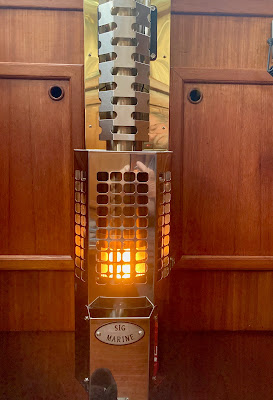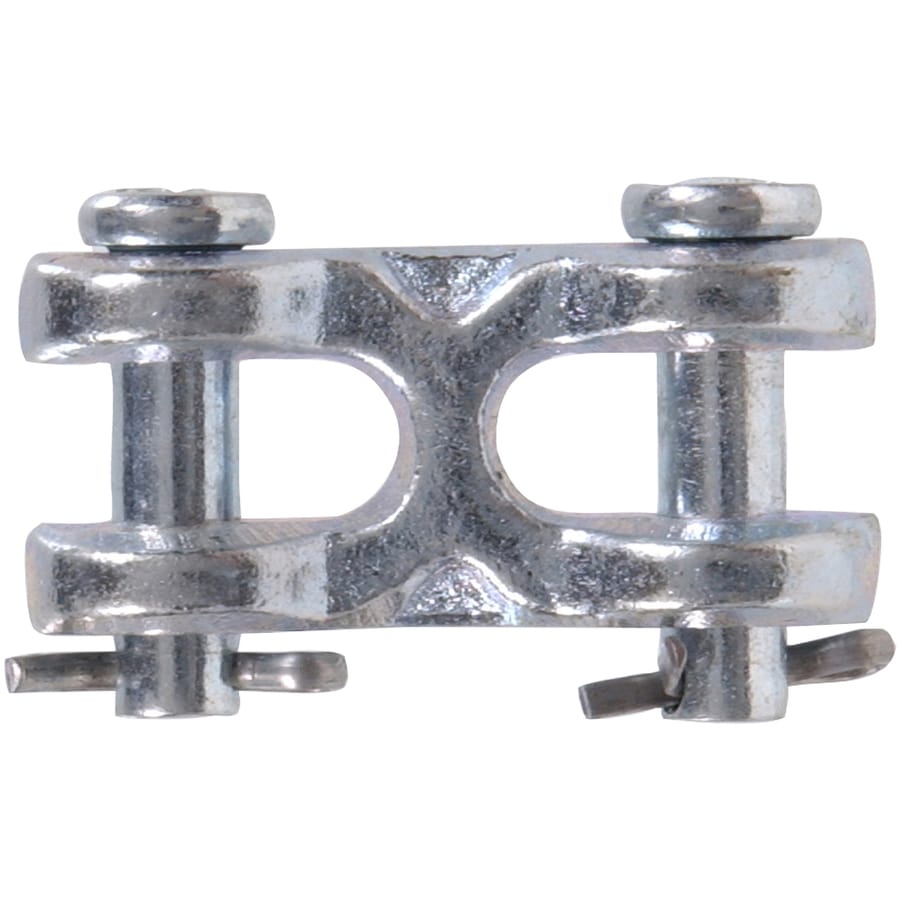This is one of a series of brief, no nonsense posts that we call a Tidbit:
noun; small and [possibly] particularly interesting items ofgossip orinformation...
This post is also worthy for listing in our Stuff we have and use sidebar —>
We never assume what we are sharing is the ideal or only; it just seems to best suit our needs [and/or habits and/or budget] from our experiences thus far...Sometimes these Tidbits originate from a topic of discussion on one of the forums we participate in, and this happens to be one: Link to original post [27-Mar-2024]
➛ ➛ Peruse the right-hand sidebar for the up-to-date list of Tidbits ➛ ➛
Many users [ourselves included] use hand held Marine VHF radios to maintain comms when some or all crew are off the mother ship [on land or other watercraft] in remote areas.
Sometimes these are not appropriate- especially if you need to issue radios to several different guests off exploring in different directions since other vessels in the area might also hear the conversations [and we might occupy marine channels those actually boating need to use…]
And once [so far…] on a remote kayaking trip, these radios were of great assistance during an emergency when one of 3 of kayakers [each with their own GMRS Radio] broke their wrist [during inclement weather; e.g., It was a dark and stormy night…] because of a fall on ice while hiking alone.
Note: Last I knew [in the US anyway] technically you need an FCC license to use the high power GMRS channels, but that may have changed.We issue them to guests whenever they are venturing off the boat [e.g., kayaking, SUP, dinghy, or hiking on land- remote or in a town.]
For safety, we do also issue those off on their own waterborne adventures from the mothership Marine VHF radios [and PLBs] for emergency use. [e.g., As we tell visitors ‘In case the mothership is struck by a meteor while you are away…’]
 |
| Photo taken Mar-2024; Taped applied ~ 2008? |
Charley-Alpha-Kilo-Oscar, this is Charley-Alpha-Kilo-Bravo
[Candy-Ass Kayaker Orange (antenna tape), this is … Blue…]For distance use when separated, our protocol is to start/ hail first on a specified low power channel (e.g., GMRS 13; 1 watt- for better battery life) then, if unsuccessful raising the other party(ies), switch to a specified high power channel (e.g., GMRS 14; 5 watts?) and try again… [This works best with a comms schedule- e.g., everyone check in every 30 mins.]
Sidebar: Radios are half - duplex [only one can speak- or more accurately, be heard- at a time, and then you have to release the PTT button to listen… If you want to…] Even if VOX [voice activation] is used. This is very adequate for most of our use cases, and what VHF radio users are used to. [This paradigm is also perfect for certain couples; some have even confided they found that judicious use of their personal volume control very satisfying…]
But for ‘real time’ comms on the boat [volume up; e.g., anchoring, hauling anchor, mooring, etc.- especially in sporty conditions] we prefer full-duplex headsets [you can still hear the other person if you are talking- like a phone; no PTT (push-to-talk) button.]. Nothing missed that way…
We do recognize that some relationships claim to attribute their longevity to only one member being able to [or being the only one to ever] speak [be heard?] at a time [half-duplex; the other party remaining silent until the speaker is finished- reportedly sometimes for long periods thereafter- or has released the button on the radio in our case…]
But there are situations when the ability to interrupt is necessary [if not sometimes risky…] hence our preference for full-duplex headsets for real-time comms during boat maneuvers… [Always with carefully modulated volume— of one’s own voice of course. After all, they didn’t nickname these headsets ‘Marriage Savers’ arbitrarily…]
Please share your experiences, choices, and recommendations. We learn something new every day…




























